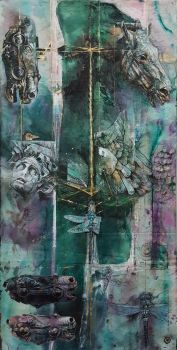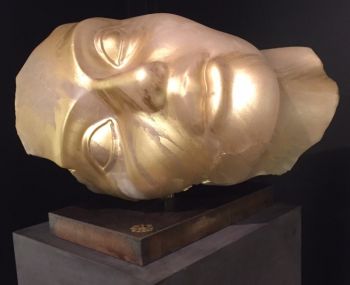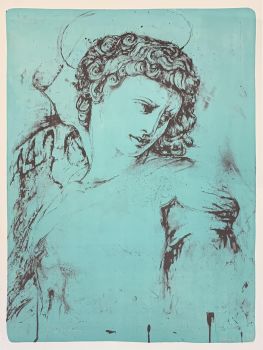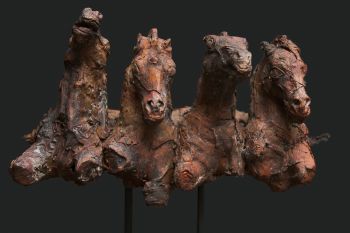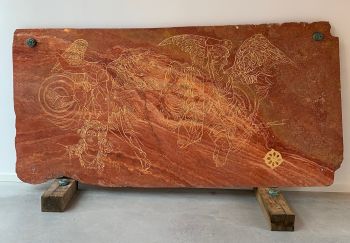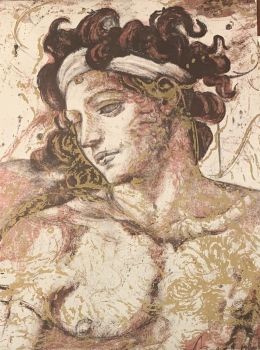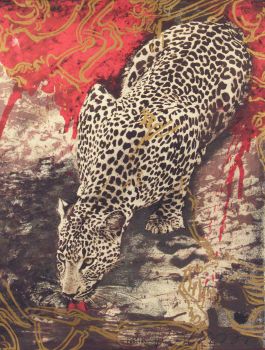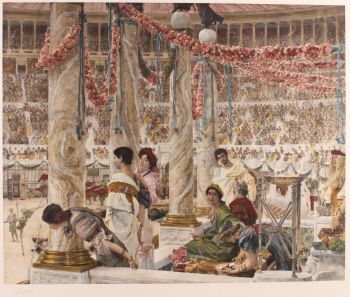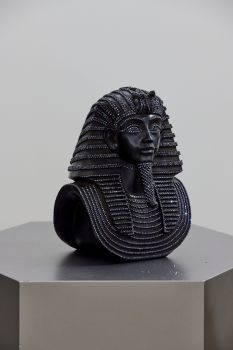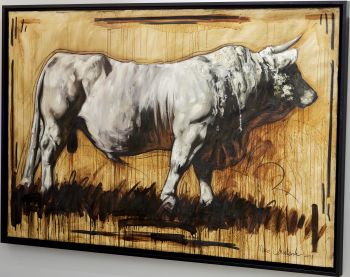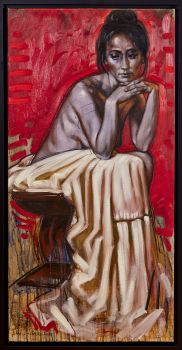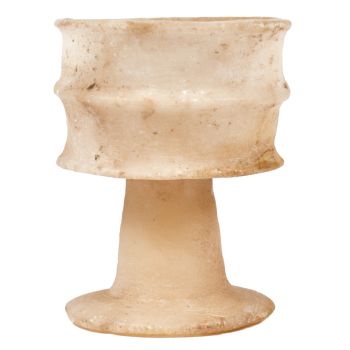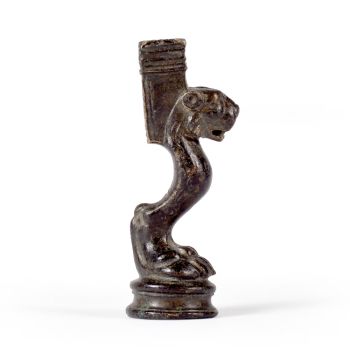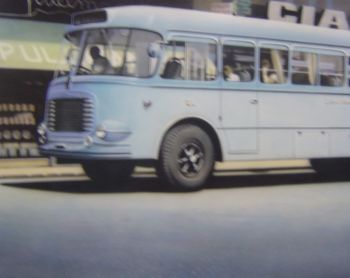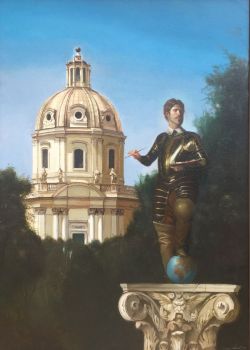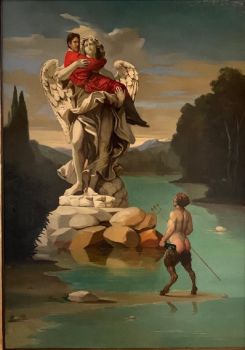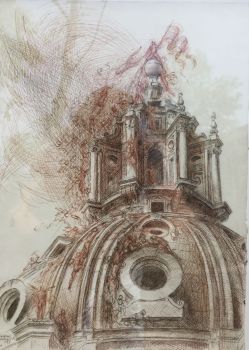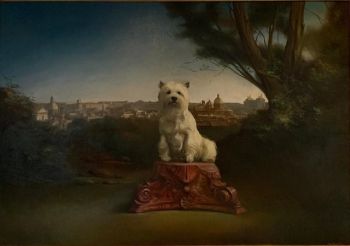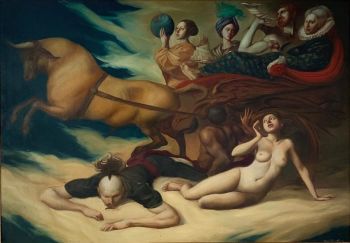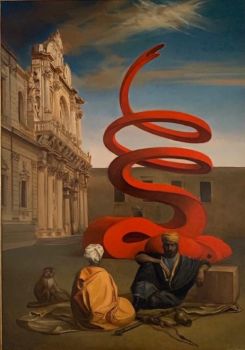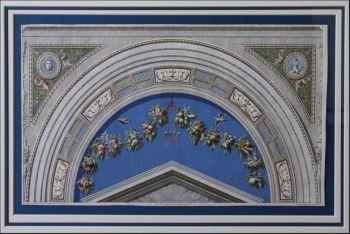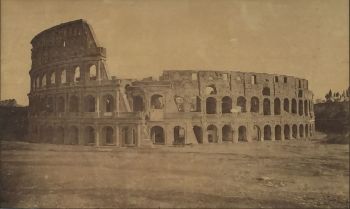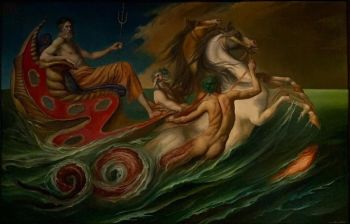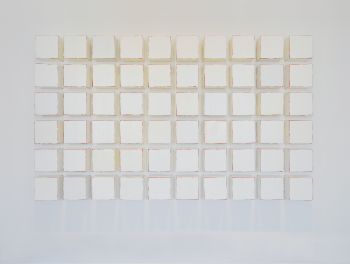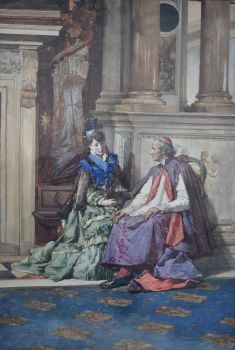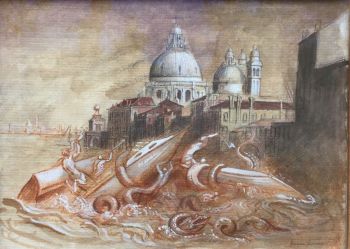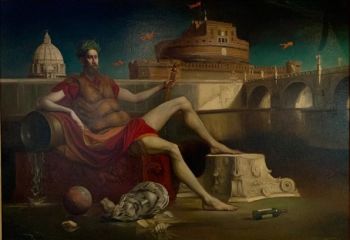Digging Deep: The Archaeological Treasures of Gerti Bierenbroodspot
For countless generations, artists have been adapting visual elements from ancient civilizations to create new forms. A good example is the contemporary Dutch artist Gerti Bierenbroodspot, whose artwork is based on archaeological treasures.
She was particularly enchanted by the beauty of the ancient desert city of Petra, situated in Jordan, which she visited for the first time in 1989. Since then she has been returning for two to three months every year to paint there. In 1995, she even established a studio in a restored caravanserai situated above Petra.
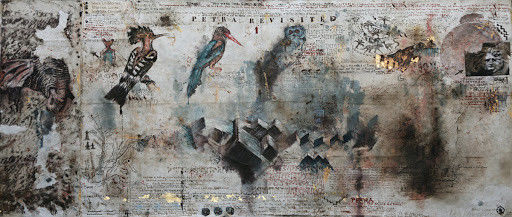
Petra Revisited (2013), Bierenbroodspot
Bierenbroodspot’s Signature Work 'Petra Revisited' (2013, fig. 1) from the Artist's Notebooks is a recollection of of her visits to Petra. It is made up out of various diary notes, drawings and maps that refer to her stays in the ancient city. They were written on rice paper which can easily be associated with papyri scrolls. The three different species of birds that inhabit the desert city have been placed in the center of the work.
The cubes below refer to Petra’s mysterious “Djinn Blocks”, which were probably ancient tombs. The large animal on the left alludes to the unique elephant-headed capitals that belong to the Great Temple of Petra.
It is in fact a large tomb that was built by the Arab Nabataeans in the first century AD. The human figure on the foreground, whose upper body remains indiscernible, symbolizes the enigmatic identity of the nomadic Nabataeans, whose past is largely shrouded in mystery.
Another inspiration to her work has been the famous archeological site of Pompeii in Italy, which she regularly visited since the 1970s. The painting Pompeii III (Available at Gallerease, fig. 3) portrays a vaulted corridor with various classical artifacts, including a sculpture of a horse’s head, a Greek bust and a fragmented amphora made of bronze. At the end of the passage, we see a partially gilded fresco, depicting a characteristic Corinthian Helmet and a griffin, a mythical winged creature that has the head of an eagle and the body of a lion.
The adjacent left mural shows colourful rectangles that refer to the Roman wall paintings in the First Style, also called the “Incrustation Style” (fig. 4). Bierenbroodspot seems to be emphasizing the shattered cultural history of Pompeii through the damaged frescoes and the fragmented amphora.
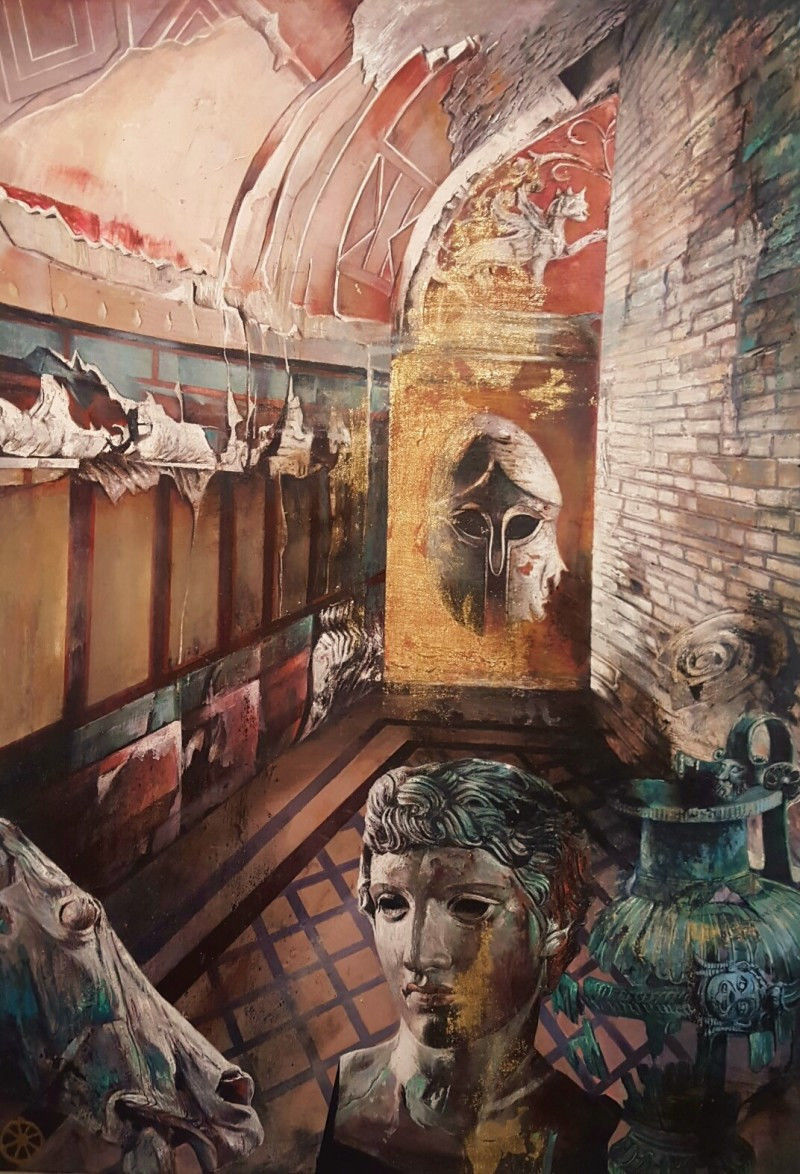
Fig. 3: Pompeii III, Bierenbroodspot, now available on Gallerease.
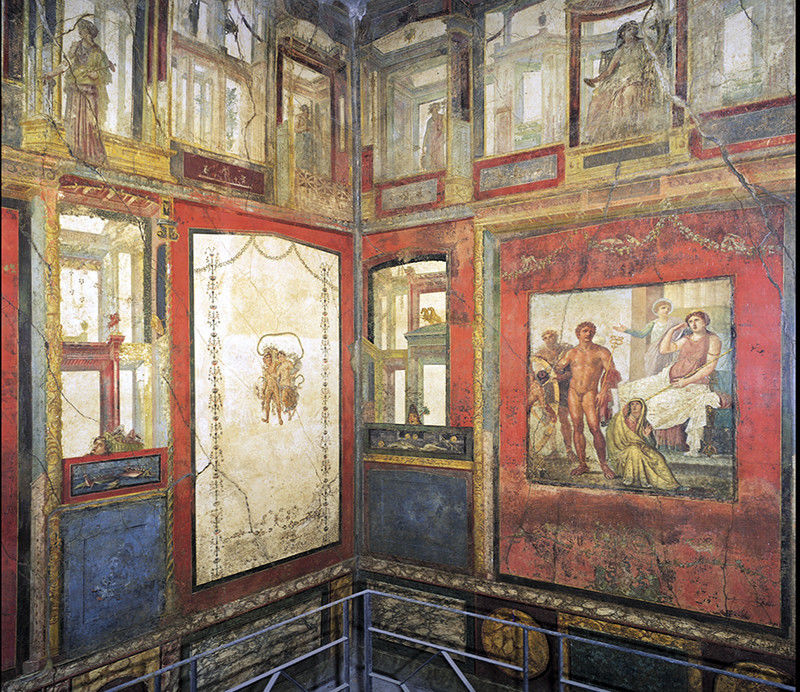
Fig. 4: An example of the "Incrustation Roman Style"
Bierenbroodspot’s recent work pays a tribute to the mythological subjects that are portrayed on the iconic Parthenon frieze (c. 438-32 BC) and the Pergamon Altar (c. 200-150 BC).
On various folding screens she painted processions of mounted riders, winged heroes, gods and monsters. The folding screen Timeless Battles (2017, Main Image) for example was based on a relief of the Pergamon Altar frieze, describing the epic battle between the giants and the Olympian Gods for supremacy of the universe. It shows the goddess Athena at its centre, fighting against the giant Alkyoneus on the left. She has grabbed Alcyoneus by the hair, pulling him out of the earth and disempowering him.
Although in the original relief sculpture (fig. 6) Athena is deprived of her head, Bierenbroodspot has restored her classical face, making the goddess more alluring compared to the defaced original. She also replaced Gaia, or mother Earth, by a ferocious lion at the bottom right of Athena. The winged Nike, crowning Athena, has been substituted by a horse, an animal which is frequently portrayed within Broodspot’s oeuvre.
The grays, cobalt-greens, browns and a touch of gold, are characteristic of her new colour palette that was inspired by surreal sunsets.
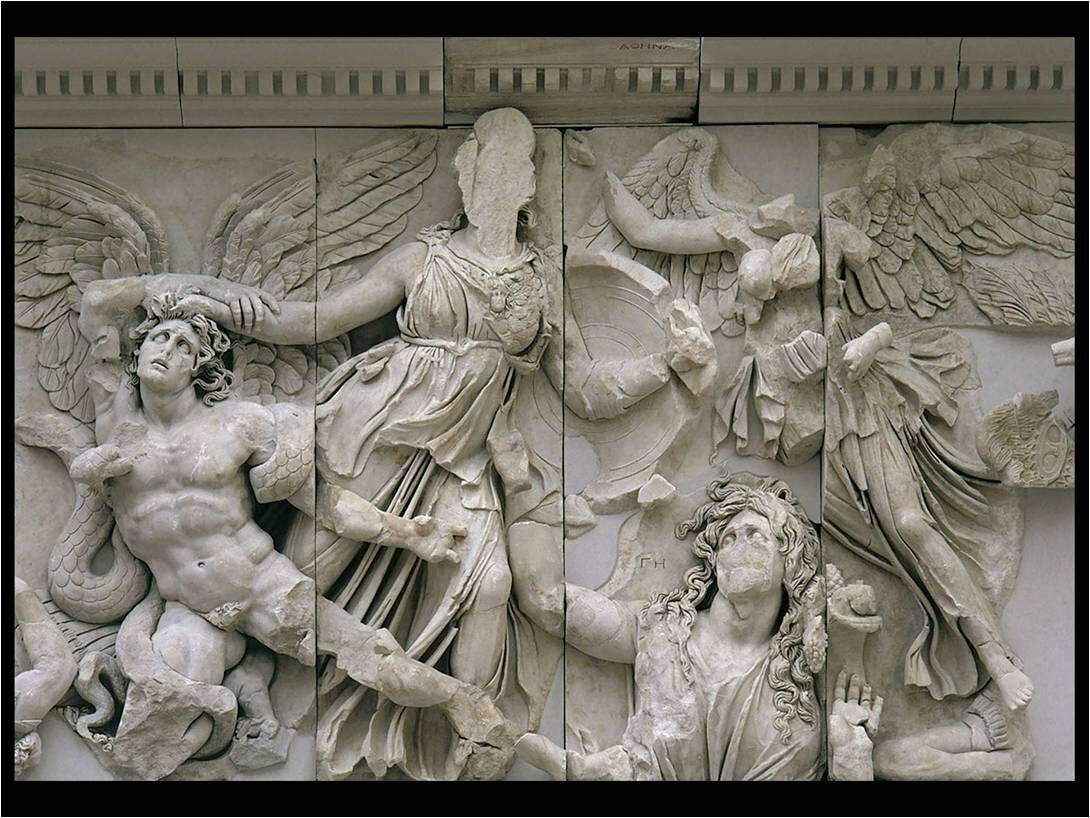
The relief of the Pergamon Altar frieze (c. 200-150 BC)
Artworks of Gerti Bierensbroodspot are available at Morren Galleries
*Main Image: the folding screen Timeless Battles (2017)


